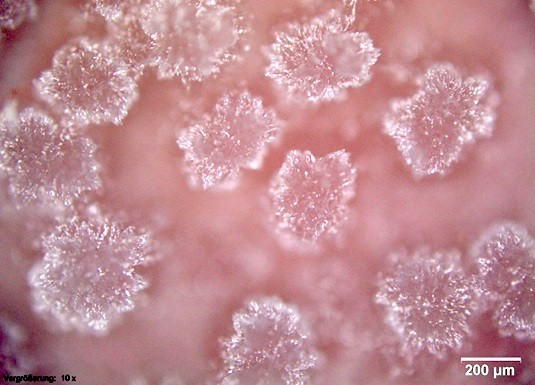Scientists have resorted to using X-rays in order to analyze the mysterious white cover on chocolates in order to manufacture better quality chocolates.
Researchers from the German Deutsches Elektronen-Synchrotron conducted this new study where they carried out an investigation of the structure of chocolate, focusing on these white fat blooms, which is the unwanted white layer sometimes seen on chocolate.
Altough these fat blooms are not harmful, this appearance makes chocolate unappetizing to most customers. This white layer usually results in numerous customer complaints and expensive losses on chocolate manufacturers.
According to lead author Svenja Reinke of the Hamburg University of Technology, fat bloom on chocolates has not been studied enough by scientists as there is only little known about this reaction.
Reinke further explains that this fat bloom that forms on top of chocolate is apparently liquid fat from cocoa butter that travels to the surface and then crystallizes. This crystallization happens when the chocolate cools in an uncontrolled state. Some ingredients like nougat or other fillings can also accelerate the rate of fat bloom forming.
Fat blooms are more likely occur when chocolate is stored in higher temperatures in longer periods. This is why many customers believe that this white color is a telltale sign of spoilage or old product.
Using the PETRA III, which is a special X-ray of DESY, this new study explored chocolate in a fine powder state and in other various mixes to examine and observe different environments of fat blooms.
In order to study the movement of fats in the chocolate, researchers placed a few drops of sunflower oil as well onto the samples. Sunflower oil is apparenlty quick to seep into chocolate pores which can alter the overall structure. Sunflower oil can also increase the migration of lipids to the surface. In a few hours, the fat dissolves this crystallized lipid cover which in turn makes the chocolate softer.
According to Stefan Palzer from Nestlé, this new study provides pivotal information how to develop newer methods to avoid these crucial defects in the food industry, leading to better quality chocolates.


